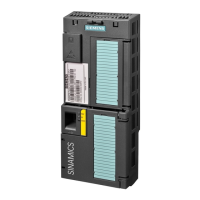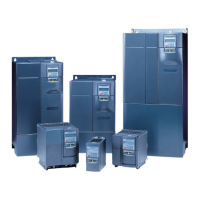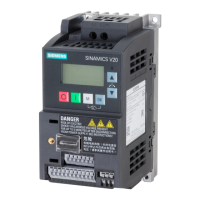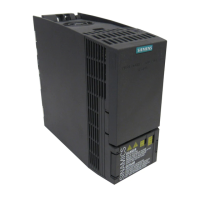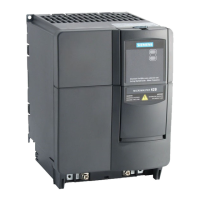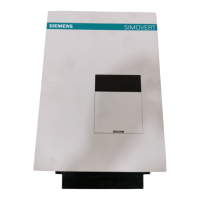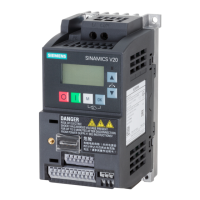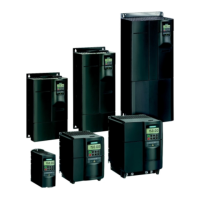6.25.2 Compound braking
Compound braking is suitable for applications in which the motor is normally operated at a
constant speed and is only braked down to standstill in longer time intervals.
Typically, the following applications are suitable for compound braking:
● Centrifuges
● Saws
● Grinding machines
● Horizontal conveyors
Compound braking is not permissible for applications with suspended loads, e.g. lifting
equipment/cranes all vertical conveyors.
Principle of operation
:LWKFRPSRXQGEUDNLQJ
$GGLWLYH'&
:LWKRXWFRPSRXQGEUDNLQJ
6SHHG
0RWRUFXUUHQW
'&OLQNYROWDJH
U
W
W
W
W
W
W
Figure 6-46 Motor brakes with and without active compound braking
Compound braking prevents the DC-link voltage increasing above a critical value. The inverter
activates compound braking depending on the DC-link voltage. Above a DC-link voltage
threshold (r1282), the inverter adds a DC current to the motor current. The DC current brakes
the motor and prevents an excessive increase in the DC-link voltage.
Note
Compound braking is possible only with the U/f control.
Compound braking does not operate in the following cases:
● The "flying restart" function is active
● DC braking is active
● Vector control is selected
Advanced commissioning
6.25 Electrically braking the motor
Converter with the CU230P-2 Control Units
316 Operating Instructions, 09/2017, FW V4.7 SP9, A5E34257946B AE

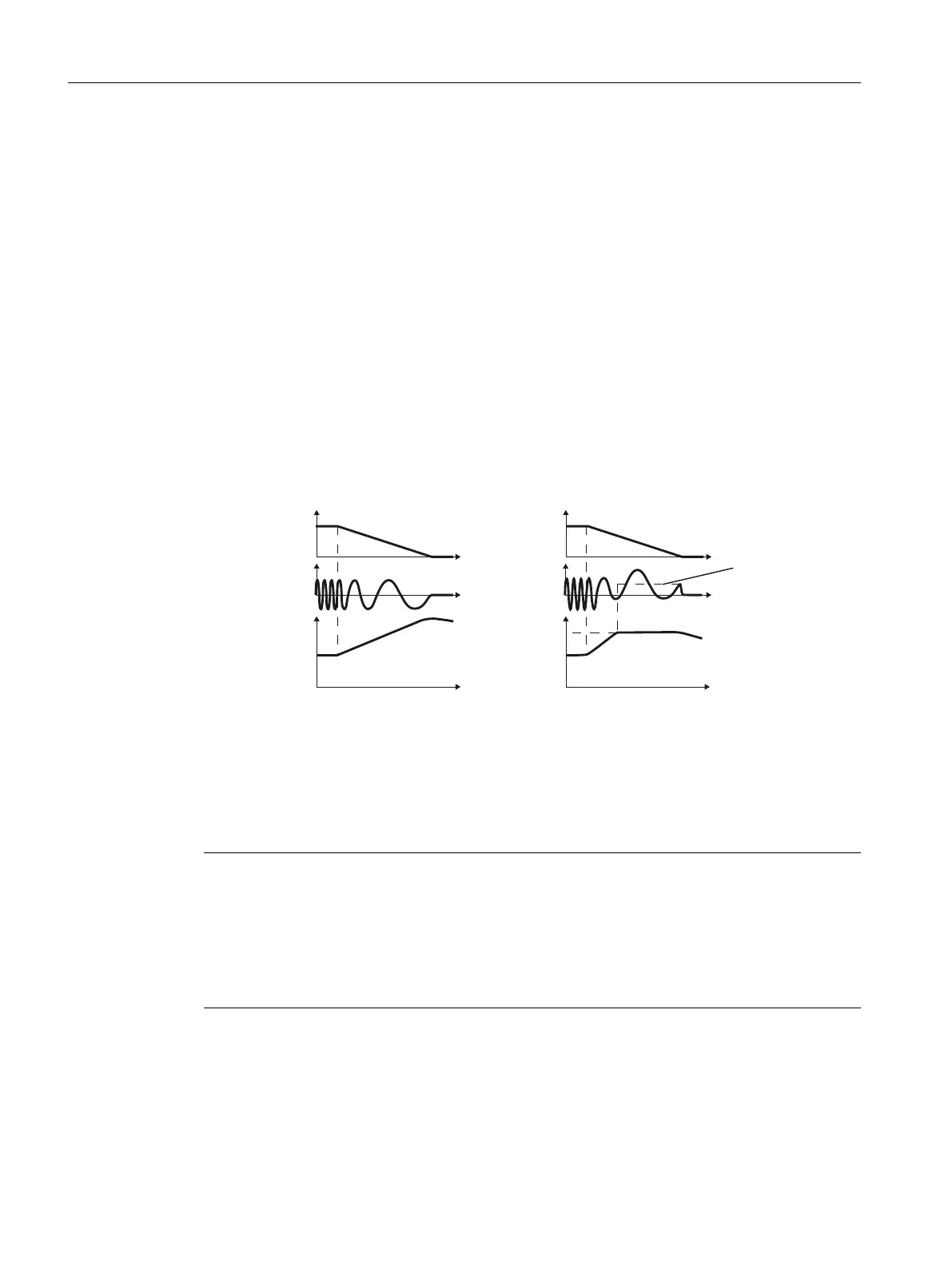